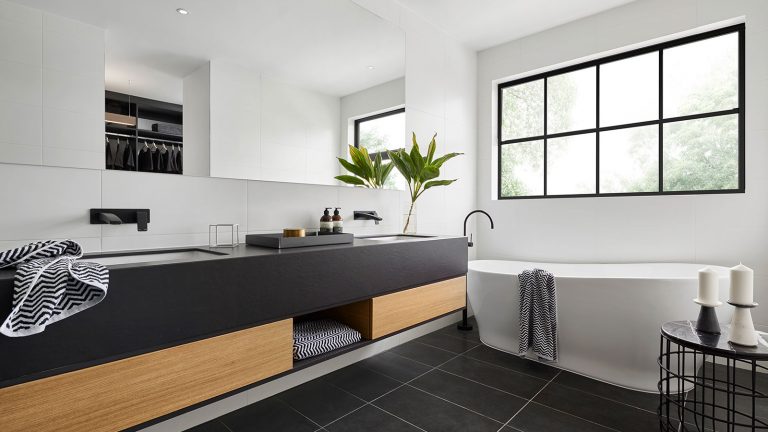
Gallery
How to series
Sliding windows are a popular and practical design choice for areas with limited space in need of quick and easy ventilation. Their simple design makes aluminium sliding windows an affordable option throughout a home or limited to less prominent areas.
While our sliding windows are designed for maximum durability, to keep sliding windows gliding smoothly adjustments may be required over time. In this article we will explain what causes sliding windows to shift, and demonstrate how to adjust your aluminium sliding windows.
A&L’s aluminium sliding windows have been used for this demonstration. If your windows are not an A&L product please ensure you consult the manufacturer’s product and installation information for accurate advice on your particular product.
As a house settles over time, this can sometimes impact your sliding windows, causing them to be slightly out, or occasionally the original installation may not have been precise. To accommodate this, all A&L’s operable windows have built-in adjustment allowance, for easy upkeep.
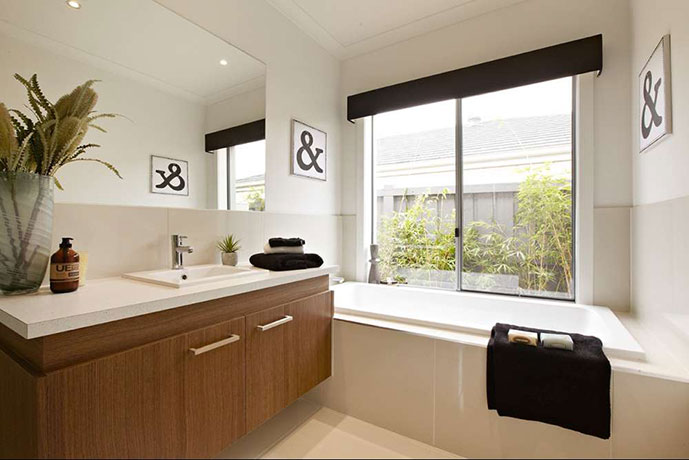
Every space is different, so before you begin make sure you have the correct safety gear for the site you’re working on and the tools you’re using. Also be aware that this article is a guide only, so we recommend relevant considerations be made to suit your project’s unique requirements.
You’ll need the following tools to adjust your sliding window:
Follow the steps below to guide you through the process of adjusting your sliding windows. Also included is our How To Adjust an A&L Sliding Window video tutorial for further instructions.
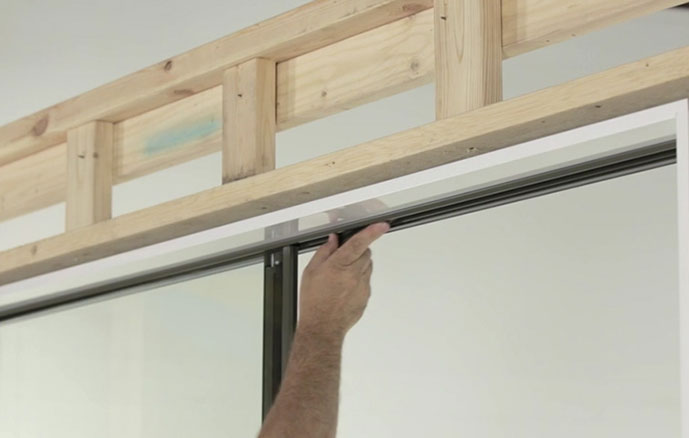
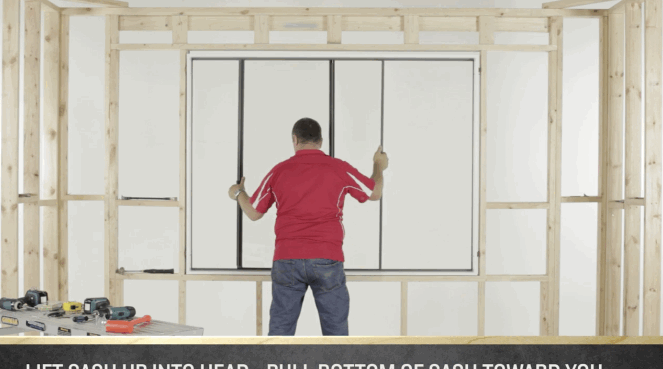
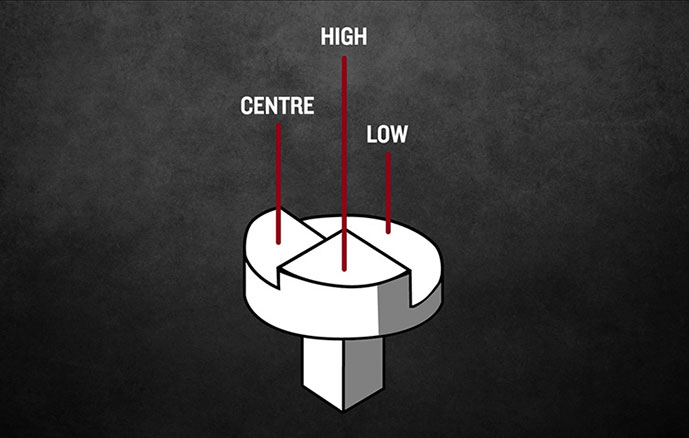

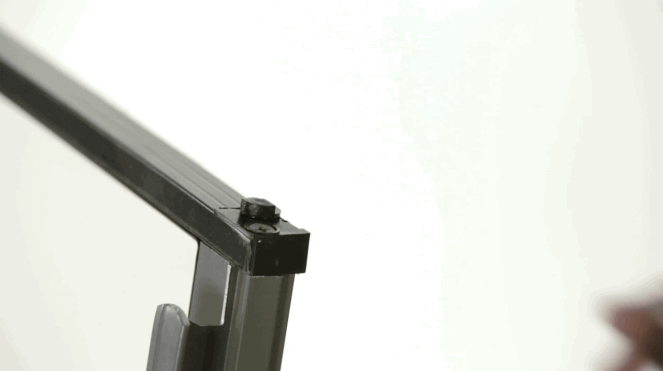
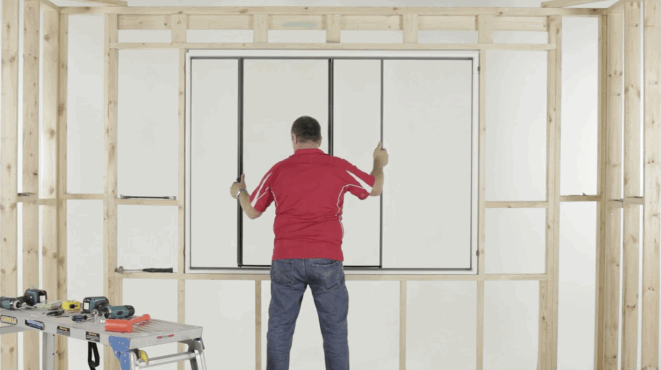
Repeat this process at any time the sliding function of your window becomes sticky or grinding.
Want to learn more about A&L’s range of windows and doors? From sliding windows and sashless solutions, to louvres and awnings, our family of products are designed for maximum durability, and to suit every style – from traditional to contemporary.